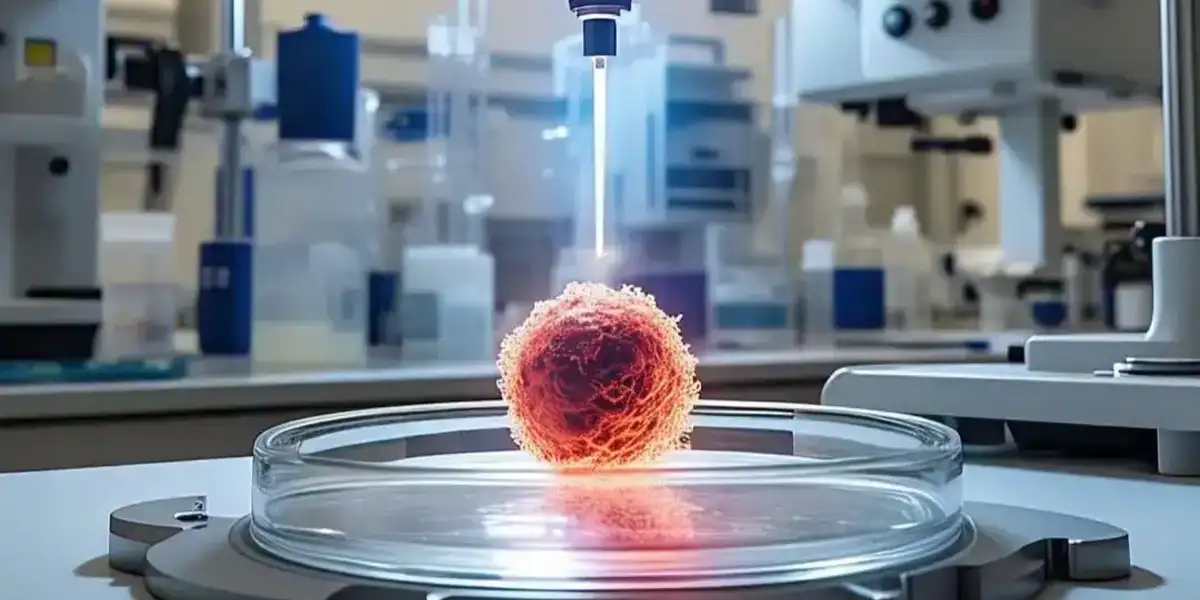🌍 Introduction
Cancer treatment has always revolved around one principle: destroy the dangerous cells before they destroy the body. Chemotherapy, radiation, and surgical removal all share this approach.
But a recent breakthrough from South Korea suggests something radically different:
What if cancer cells could be taught to become healthy again instead of being destroyed?
🔬 What South Korean Researchers Discovered
Scientists at the Korea Advanced Institute of Science and Technology (KAIST) have identified a molecular “switch” that determines when a normal cell transitions into a cancerous one.
By manipulating this switch, they were able to reverse malignant cells back to healthy-like functioning cells in controlled lab environments.
This wasn’t killing cancer cells — it was reprogramming them.
🧪 How This Reprogramming Works
The process involves three major steps:
1. Mapping the transition
Researchers used single-cell RNA sequencing to study exactly when and how a cell begins to deviate from healthy behavior.
2. Identifying the molecular switch
They identified specific genetic regulators that flip a cell from normal to cancerous. Crucially, these regulators can also be turned back on to revert cancer cells to healthy ones.
3. Re-educating the cell
Instead of attacking the cell chemically, the method restores the cell’s normal function and growth patterns — similar to resetting corrupted software to its original factory state.
🧩 Why This Matters More Than Traditional Treatments
Traditional therapies have many limitations:
Chemotherapy
• Damages healthy and cancerous cells
• Causes severe side effects
• Low precision
• Risk of relapse
Radiation
• Effective but destructive
• Can harm surrounding organs
• Long recovery period
Targeted therapy
• Requires specific mutations
• Cancer can adapt and bypass treatment
This new approach offers a different perspective:
• Less toxicity
• More precision
• Lower relapse risk
• Possibility of long-term cellular stability
🧭 Current Stage of the Discovery
This technology is still in the early stages.
Most tests have been done on cell lines — not yet in human trials.
But despite being early-stage, the concept itself changes how researchers think about cancer treatment. It shifts the focus from destruction to restoration.
📌 What the Future Could Look Like
Imagine a future where:
• Cancer can be corrected instead of removed
• Side effects are drastically reduced
• Treatment is tailored precisely to each patient
• Pre-cancerous changes are reversed before tumors even form
This is the long-term vision behind the research.
💬 Final Thoughts
This discovery represents the beginning of a new chapter in oncology:
Healing does not always have to mean destroying.
Sometimes, healing means teaching the body to remember how to be healthy again.
A future where cancer is not fought with force —
but corrected with precision — may be closer than we think.








